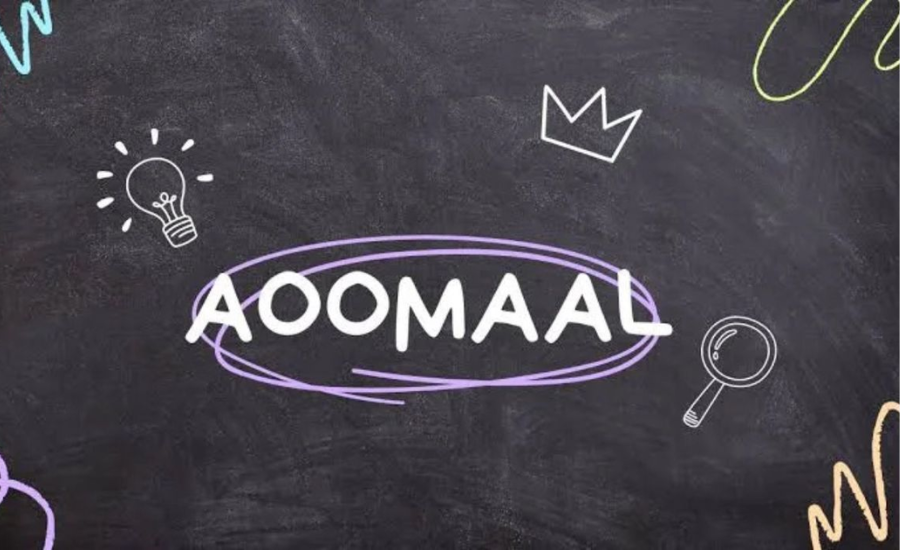In the world of cultural expressions, certain words and practices hold a unique place, carrying with them the weight of history, identity, and community. One such term, Aoomaal, may be unfamiliar to many, but its meaning and significance go far beyond a simple definition. It is a term that weaves together the threads of tradition, culture, and the human connection across generations. In this exploration, we will dive deep into the essence of Aoomaal, its historical roots, its role in various cultural contexts, and its enduring relevance in today’s world.
What is Aoomaal?
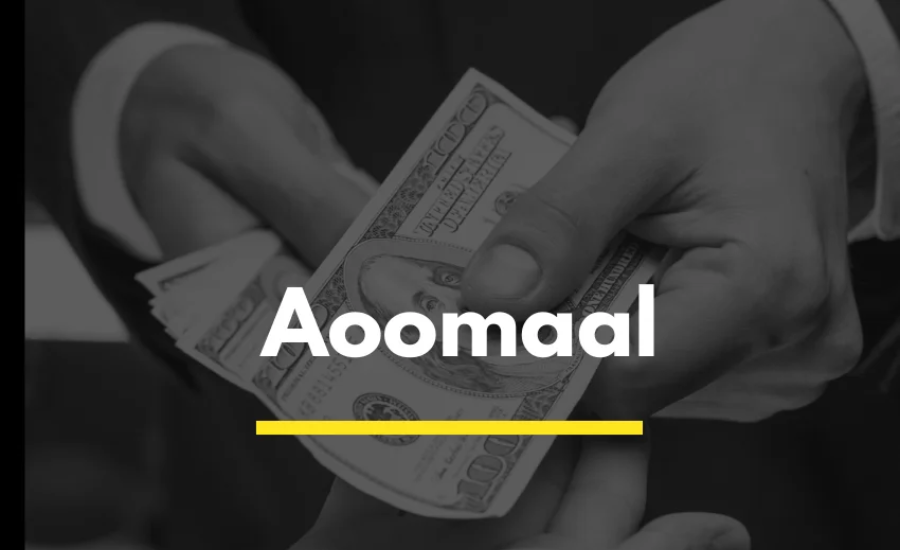
At its core, Aoomaal represents a profound connection to community and cultural expression. The term often refers to specific practices, events, or stories that bring people together in celebration and unity. More than just a word, Aoomaal embodies the collective heritage and shared experiences of a group, passed down through generations.
The essence of Aoomaal lies in its ability to bring individuals closer to their cultural roots. It is a powerful symbol of shared heritage, often tied to ancestral customs that reinforce the values of respect, unity, and belonging. Through the lens of Aoomaal, communities celebrate the stories, rituals, and traditions that have shaped their identity.
While Aoomaal’s manifestations may differ across cultures, it universally represents the importance of fostering a sense of connection, remembrance, and respect. Whether expressed through music, storytelling, or dance, Aoomaal is a vibrant expression of cultural pride and continuity, linking the present with the past.
The Origins and History of Aoomaal
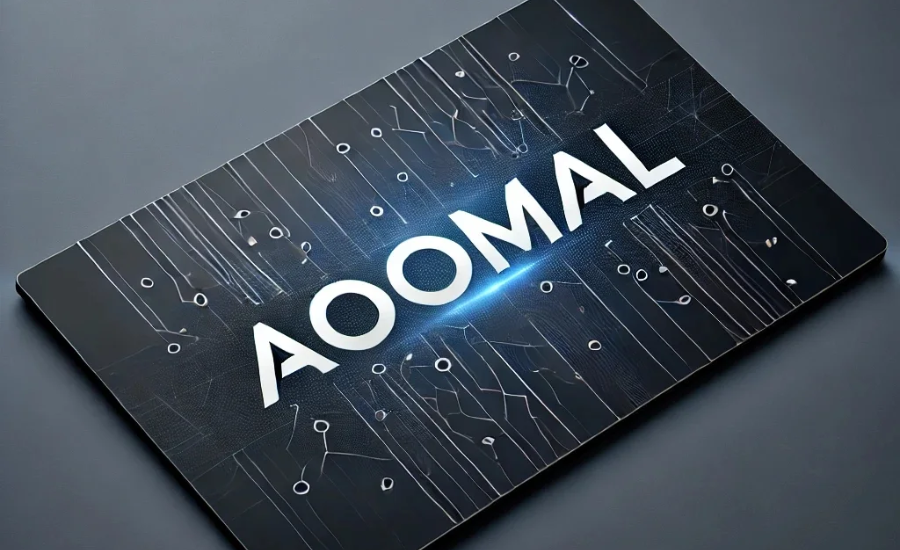
The origins of Aoomaal trace back centuries, deeply rooted in the fabric of social identity and communal bonding. Historians and cultural scholars often point to the ways in which Aoomaal has evolved alongside societal changes, offering insight into how cultural practices adapt while maintaining continuity.
In its earliest forms, Aoomaal was more than a celebration—it was a tool for communication. It was a way for people to convey shared values, beliefs, and societal norms. As communities grew and diversified, Aoomaal began to reflect the complexities of a more interconnected world. The practice was influenced by regional customs, migration patterns, and the exchange of ideas, resulting in a unique blend of traditions that shaped its evolution.
As the world around it changed, Aoomaal did not remain static. It transformed in response to new environments, challenges, and the blending of cultures, all while preserving the core principles that gave it meaning. This adaptability speaks to the resilience of human culture, as traditions like Aoomaal continue to thrive, even in the face of modernity.
The Role of Aoomaal in Cultural Identity
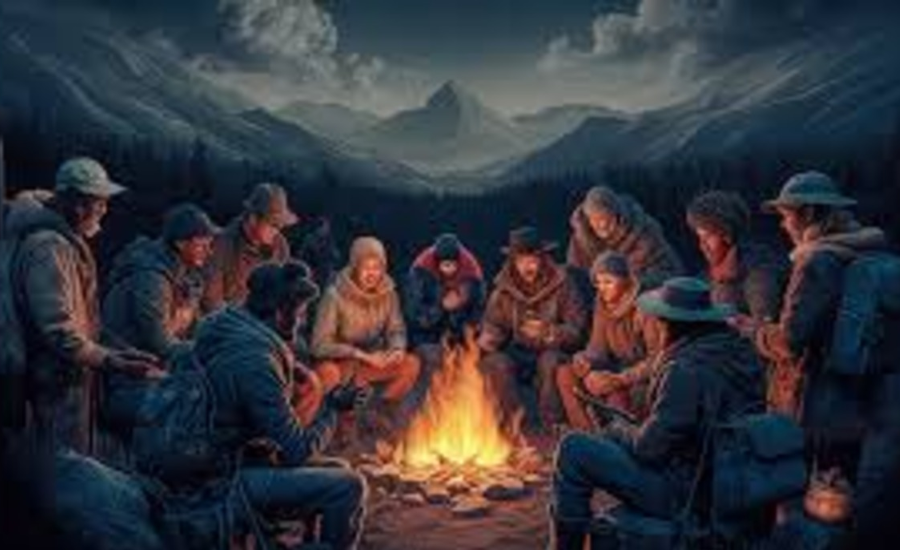
Aoomaal holds a central place in cultural identity, serving as a bridge between generations. It is not merely a ritual but a living practice that reinforces the values and beliefs that shape a community. Through Aoomaal, people connect with their ancestors, paying tribute to the customs and traditions that have been passed down.
One of the most striking features of Aoomaal is its ability to unite individuals within a community. These traditions, which often involve collective participation in rituals, celebrations, and artistic expressions, strengthen bonds between people. In this way, Aoomaal fosters a shared sense of belonging and a deepened understanding of one’s cultural heritage.
Art forms associated with Aoomaal, such as music, dance, and storytelling, are not just entertainment; they are vital expressions of cultural significance. Each performance, each story shared, carries the weight of generations, encapsulating lessons, values, and communal experiences. The artistic expressions linked to Aoomaal are integral to preserving the culture and passing it forward to future generations.
Traditional Practices and Rituals of Aoomaal
The traditional practices surrounding Aoomaal are as diverse as the cultures that embrace it. These rituals are deeply rooted in the spiritual and communal lives of participants, often beginning with elaborate preparations that bring together families and communities. Whether the occasion is a festival, a gathering, or a spiritual ceremony, Aoomaal is a time for coming together and reflecting on shared values.
Participants often dress in vibrant, culturally significant attire, which reflects the richness of their heritage. Music, especially traditional songs and drumming, fills the air, creating an atmosphere of celebration and reverence. The rhythmic beats of drums are particularly important in many Aoomaal rituals, setting the tone for the events and energizing participants.
A central component of Aoomaal rituals is the offering. Whether to ancestors, deities, or nature, these acts of gratitude and respect serve to strengthen the spiritual connection between the living and the past. The offerings, which may include food, flowers, or symbolic items, are gestures of reverence and a plea for blessings for the future.
Feasting is another important aspect of Aoomaal, where communities come together to share meals prepared according to traditional recipes. These meals are not just nourishment; they are a symbol of unity and continuity, reinforcing the bonds within the community.
These practices are not just ceremonial; they serve as a means of preserving history and ensuring that cultural knowledge is passed down to younger generations. Each celebration of Aoomaal is an opportunity to reaffirm the values that have shaped the community and to celebrate the richness of its heritage.
Modern Adaptations and Celebrations of Aoomaal

In the face of rapid globalization and technological advancements, Aoomaal has not only survived but adapted, embracing modern elements while staying true to its core principles. Today, Aoomaal is celebrated in new and exciting ways, blending traditional practices with contemporary influences.
Modern festivals celebrating Aoomaal often feature a fusion of ancient rituals and modern performances. While traditional music and dance remain central, younger generations have incorporated contemporary styles and instruments, making these celebrations more accessible to a wider audience. Artisans also experiment with new materials and techniques, offering fresh perspectives on traditional crafts while maintaining a connection to their cultural roots.
Social media has become an important tool for sharing Aoomaal traditions with the world. Virtual gatherings and online platforms have allowed individuals from different parts of the globe to participate in celebrations, exchanging ideas and interpretations of the practices associated with Aoomaal. This digital presence helps to spread awareness and foster connections between communities, both near and far.
Educational initiatives have also played a crucial role in keeping Aoomaal alive in the modern era. Interactive workshops, cultural exhibitions, and community programs teach people about the significance of Aoomaal, helping to preserve its meaning while encouraging innovation. These efforts ensure that younger generations continue to engage with their cultural heritage, making Aoomaal a living tradition that adapts to the times.
Criticisms and Controversies Surrounding Aoomaal

While Aoomaal is widely celebrated, it is not without its criticisms. As with many cultural traditions, the commercialization of Aoomaal has raised concerns among some. Large-scale festivals, while showcasing the beauty of the tradition, can sometimes diminish its spiritual and communal significance. Critics argue that the focus on commercial gain and mass participation may overshadow the deeper meanings behind Aoomaal practices.
There are also debates within communities about the authenticity of Aoomaal celebrations. As different regions and groups interpret the tradition in their own way, conflicts can arise over what is considered “authentic” or “correct.” These differences can sometimes create divisions within the community, as younger generations seek to modernize the tradition, while older generations prioritize its preservation.
Environmental concerns have also emerged, particularly regarding the impact of large gatherings on local ecosystems. Sustainability advocates call for more responsible event planning to reduce waste and minimize environmental damage, ensuring that Aoomaal can be celebrated in harmony with nature.
The Future of Aoomaal: Ensuring the Tradition Endures
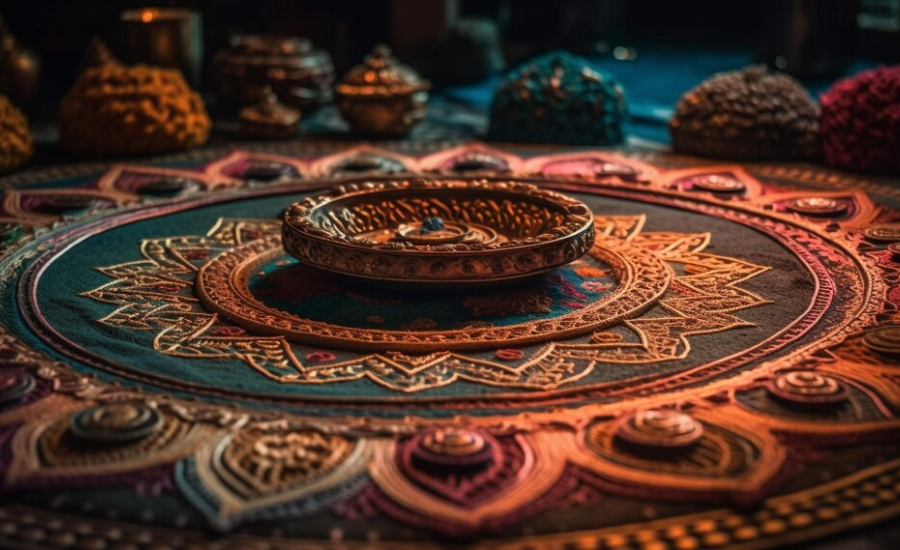
As Aoomaal continues to evolve, ensuring its preservation remains a priority. Communities are working to ensure that the tradition is passed down to future generations, adapting it to modern times without compromising its core values.
Efforts to safeguard Aoomaal include workshops, cultural programs, and educational initiatives aimed at engaging younger audiences. These programs provide an opportunity for people to learn about the history and significance of Aoomaal, while also offering a platform for creativity and innovation.
Digital platforms also play a significant role in the future of Aoomaal. Social media, streaming services, and virtual festivals provide an avenue for people to experience Aoomaal from anywhere in the world, making the tradition accessible to a global audience. This digital presence not only helps preserve Aoomaal but also introduces it to new audiences, ensuring its continued relevance.
Advocacy groups are also working tirelessly to protect Aoomaal from dilution or commercialization. Their efforts focus on maintaining the authenticity of the tradition, ensuring that it remains true to its cultural roots while evolving to meet the needs of modern society.
Aoomaal is more than just a tradition; it is a living testament to the resilience of culture and community. By embracing both the old and the new, Aoomaal ensures that its legacy will continue to thrive for generations to come, adapting to the challenges of the modern world while staying true to its cultural essence. Through education, celebration, and digital innovation, Aoomaal will remain a vital part of the global cultural landscape, fostering unity and connection across time and space.
Facts
- Cultural Significance:
Aoomaal represents a deep connection to community and cultural expression, often encompassing practices, events, or stories that unite people in celebration and unity.
- Historical Roots:
The term has been passed down for centuries, evolving alongside societal changes, and reflects regional customs, migration, and the exchange of ideas.
- Core Values:
Aoomaal embodies values of respect, unity, and belonging, emphasizing the importance of cultural heritage and traditions passed down through generations.
- Artistic Expressions:
It is often expressed through music, storytelling, dance, and other art forms, each of which carries cultural significance and preserves communal experiences.
- Traditional Practices:
Rituals surrounding Aoomaal typically involve vibrant attire, music (such as drumming), offerings, and feasts, all contributing to the spiritual and communal aspects of the practice.
- Modern Adaptations:
Aoomaal has adapted to modern times by incorporating contemporary music, dance, and technology, such as social media and virtual festivals, while maintaining its core principles.
- Educational Role:
Educational programs and workshops are crucial in passing on the tradition, ensuring that younger generations engage with and innovate upon Aoomaal.
- Commercialization Concerns:
Critics argue that large-scale, commercialized celebrations may dilute the spiritual and cultural significance of Aoomaal, and environmental concerns regarding sustainability have also emerged.
FAQs
Q: What does Aoomaal mean?
A: Aoomaal represents a cultural tradition that connects individuals to their heritage through communal celebrations, rituals, and shared practices. It is a symbol of unity, respect, and the preservation of cultural identity.
Q: Where did Aoomaal originate?
A: The origins of Aoomaal are difficult to pinpoint, but it has been a practice rooted in communal life and culture for centuries, evolving with regional customs, migration, and the blending of different cultural influences.
Q: How is Aoomaal celebrated?
A: Aoomaal is celebrated through various practices such as music, dance, storytelling, traditional dress, offerings, and feasting. The events are meant to unite the community and reinforce the values of the culture.
Q: How has Aoomaal changed over time?
A: Aoomaal has adapted to modern times by incorporating contemporary elements like modern instruments, digital platforms, and fusion performances, all while maintaining the essence of the tradition.
Q: What are the criticisms of Aoomaal?
A: Some criticisms include the commercialization of Aoomaal, which may overshadow its deeper spiritual and communal meanings, as well as environmental concerns related to large gatherings. Additionally, debates over the authenticity of different regional practices have sparked tension within communities.
Q: How can Aoomaal be preserved for future generations?
A: Efforts to preserve Aoomaal include educational programs, cultural workshops, and digital platforms. These initiatives help engage younger generations and ensure the tradition remains relevant while staying true to its cultural roots.
Conclusion
Aoomaal is more than a cultural tradition—it is a vibrant expression of shared identity, communal unity, and respect for ancestral heritage. Through its rich history, diverse rituals, and modern adaptations, Aoomaal continues to evolve while preserving its core principles. As we move forward, efforts to safeguard Aoomaal through education, digital platforms, and community engagement ensure that its legacy will continue to thrive, fostering global connections and cultural pride for generations to come.
Continue following up on this: Wnflb
